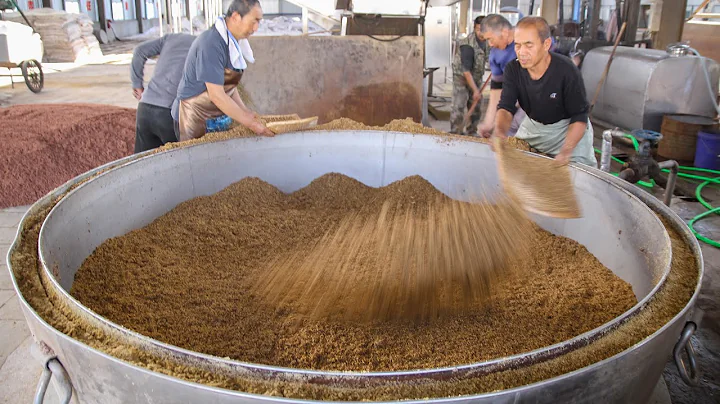
Dahe.com News In the hot June, in the beautiful Baotianman low mountain bushes, occasionally you will find clusters of thorny branches and vines, with strings of red and purple spikes hanging from the knots. The fruit is commonly known as "Mengzi" by the people in the mountains. It tastes sour, sweet and refreshing. In the past, when people were hungry and thirsty, if they ate a few "Mengzi", it would be a rare "delicious fruit". .
"Mengzi", whose scientific name is Changtianpao, is a plant of the genus Rubus in the Rosaceae genus. In fact, the growing places of the plant are very widespread, almost all over the southern provinces (Hunan, Henan, Anhui, Jiangxi, Jiangsu, Fujian, Guangdong, Guangxi, etc.). Of course, it is also found in a few places in the north. Another reason why it is called Chuantianpao is that when it bears fruit, it is the time when farmers in the Central Plains area are transplanting rice seedlings, hence the name.
In addition to its edible fruit, the roots, stems, leaves and fruits can also be used as medicine. They have hemostatic and analgesic effects, and the leaves can improve eyesight. According to "Chinese Materia Medica", Cantianpao is a medicinal plant. The whole plant and its roots can be used as medicine. Its medicinal effects are anti-inflammatory and detoxifying, clearing away heat and calming convulsions, activating blood circulation and dispelling rheumatism; its main function is to "tonify the kidneys" Replenishing essence and reducing urination. It is mainly used to treat polyuria, impotence, infertility, premature graying of hair and hair, and carbuncle. "The book "Compendium of Materia Medica" says: "Hydrophyllum spp. is a medicine that nourishes the five internal organs and replenishes essence and qi." Yes. Although this medicine nourishes the five internal organs and is sufficient in the liver, the liver is responsible for both production and dispersion. If it is taken too much, the nature and flavor are biased, the occurrence is urgent and the dispersion is excessive, there will be a risk of backlash, and the liver wood Kill the body by yourself, so be careful. "
The plant is strong in nature, resistant to drought, cold, and barren. It is adaptable to machine guns. It grows vigorously on the slopes of vegetable markets. Old paths and roots can also sprout new ones, promoting the self-renewal of plants. It is very suitable for planting in difficult site conditions such as quarries, Huangshan Mountains, mining area slopes and trace areas. It is an important emerging plant for aquatic conservation; it can also be used as a beautiful wild ornamental plant for public use in gardens. The scenery includes rockeries, slopes, walls, hedges, courtyards, etc.
If you still remember it, you have come across it in junior high school Chinese class. Mr. Lu Xun described it in " from Baicao Garden to Sanwei Bookstore": "If you are not afraid of thorns, you can still pick them, like small coral beads. The small balls are sour and sweet, and the color and taste are much better than mulberry . "The small balls here are Sadapa." (Li Shu / text and pictures)





















